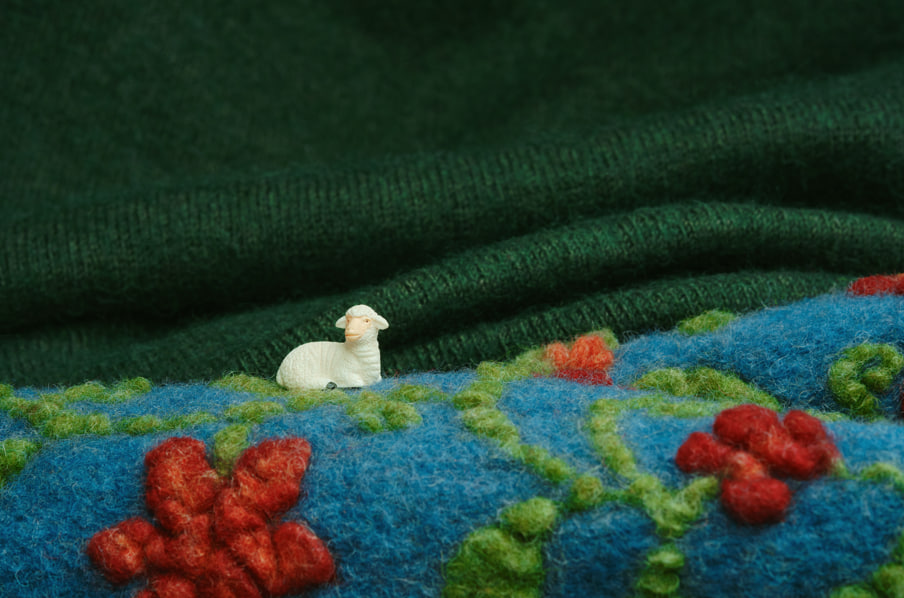One of the most enchanting aspects of wool felting is the way simple fibers can take on personality, mood, and even soul. With just a bit of shaping and attention to detail, your felted figures begin to “feel” alive — as if they’re quietly watching you from the corner of your workspace. But how does this happen?
It starts with observation. When you pay attention to the way a brow curves in curiosity, or how a slight tilt of the head conveys emotion, you begin to translate those subtleties into wool. The medium is wonderfully flexible: you can create tiny wrinkles, rounded cheeks, expressive eyes, or a slouch in posture — all with needle, wool, and time.
Unlike cold materials like stone or metal, wool feels warm and familiar. This softness adds to the charm of felted characters. They don’t need to be hyper-realistic — in fact, some of the most expressive figures are stylized and simple. What matters is the feeling behind them: the joy, melancholy, shyness, or mischief you embed into every poke and pinch.
As you gain experience, your felted sculptures may even start to tell stories. A sleepy fox curled on a leaf. A daydreaming child on a cloud. A wise old bear with stitched patches. These aren’t just crafts — they’re companions, each with their own quiet presence.
Creating emotional depth in your work takes practice, but it’s also instinctive. When you slow down and connect with what you’re making, your hands begin to reflect your inner world. Felting becomes a kind of dialogue — between your imagination and the material.
And the best part? There’s no right or wrong. Whether you’re crafting animals, people, or fantasy beings, each figure is a reflection of your vision. With wool, you don’t just create forms — you bring them to life.

